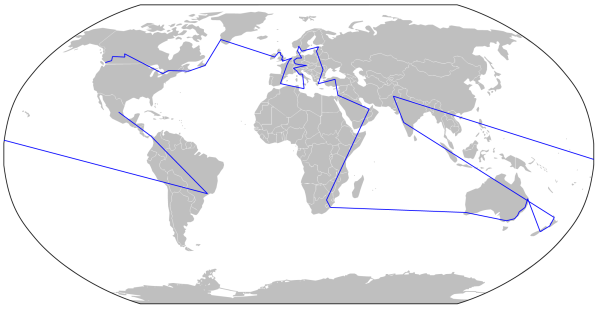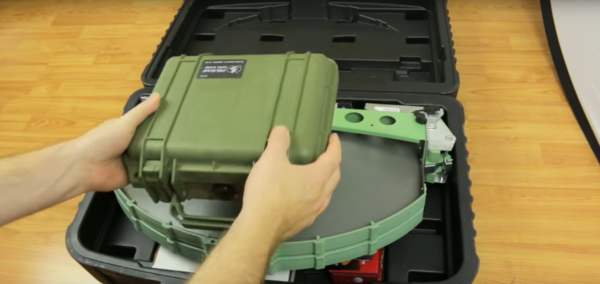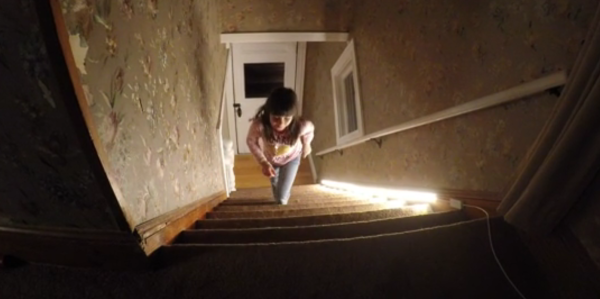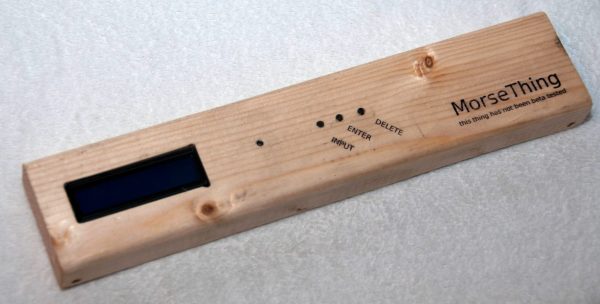It’s taken as canon that girls mature faster than boys. In reality, what happens is that boys stop maturing at about age 12 while girls keep going. And nothing tickles the fancy of the ageless pre-teen boy trapped within all men more than a good fart joke. To wit, we present a geolocating fart tracker for your daily commute.
[Michel] is the hero this world needs, and although he seems to have somewhat of a preoccupation with hacks involving combustible gasses, his other non-methane related projects have graced our pages before, like this electrical meter snooper or an IoT lawn mower. The current effort, though, is a bit on the cheekier side.
The goal is to keep track of his emissions while driving, so with a PIC, an ESP8266, a GPS module, and a small LCD display and keyboard, he now has a way to log his rolling flatulence. When the urge overcomes him he simply presses a button, which logs his location and speed and allows him to make certain qualitative notes regarding the event. The data gets uploaded to the cloud every Friday, which apparently allows [Michel] to while away his weekends mapping his results.
It turns out that he mainly farts while heading south, and he’s worried about the implications both in terms of polar ice cap loss and how Santa is going to treat him next month. We’re thinking he’s got a lock on coal — or at least activated charcoal.
Our beef with this project is obvious – it relies on the honor system for input. We really need to see this reworked with an in-seat methane detector to keep [Michel] honest. Until then, stay young, [Michel].

















